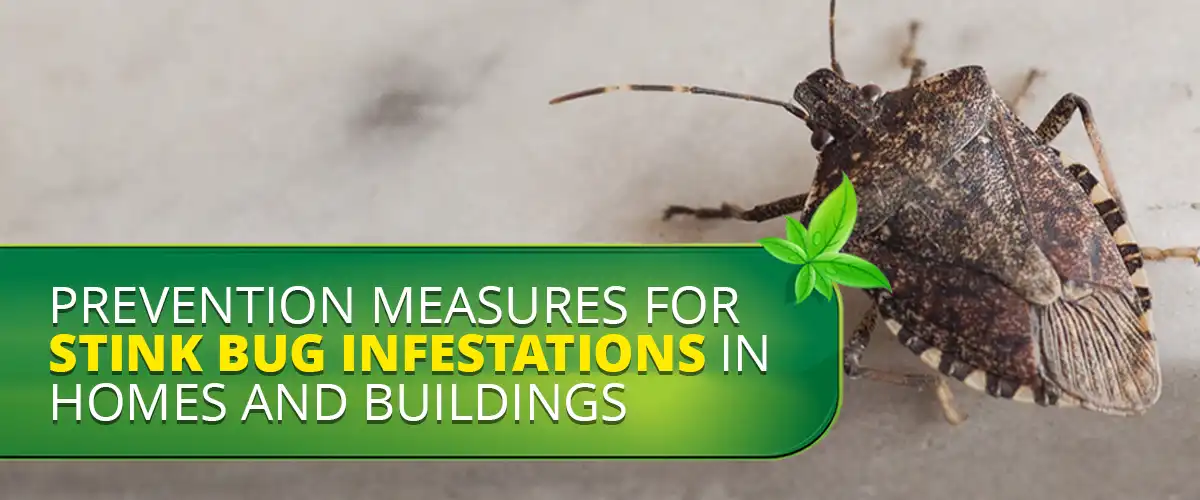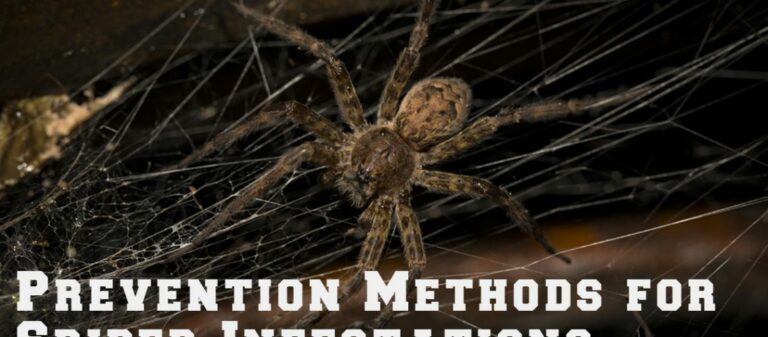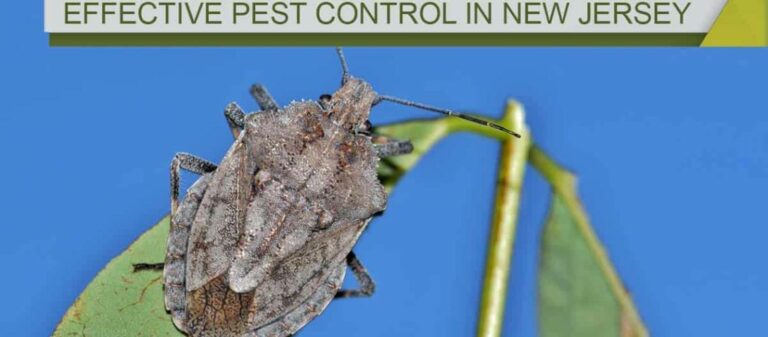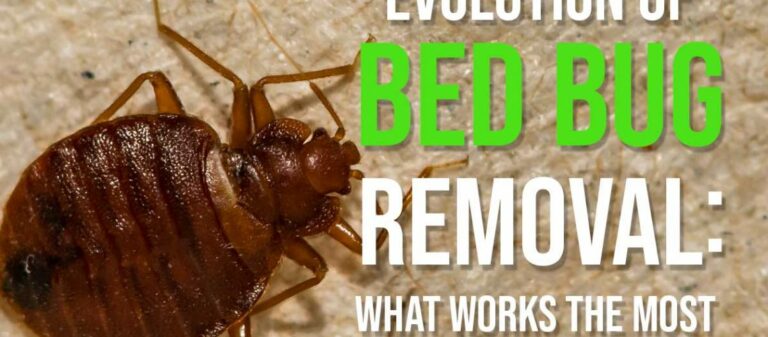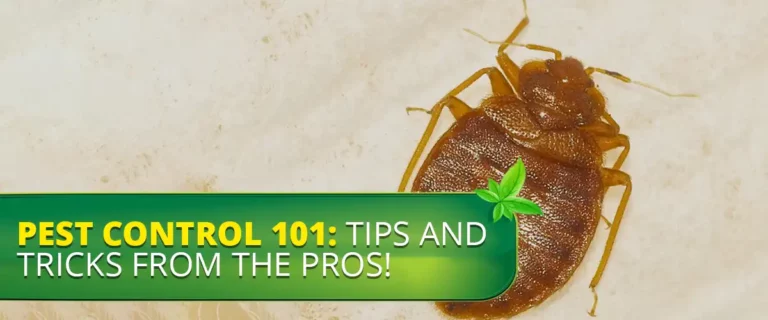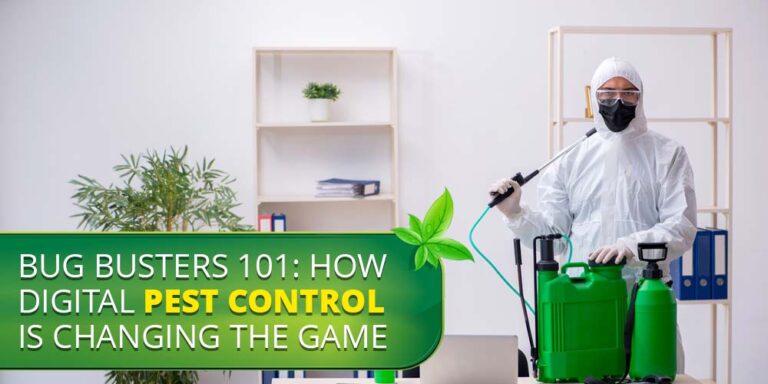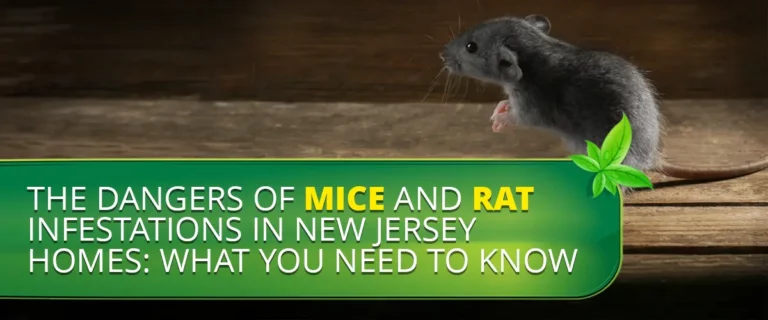Stink bugs are common household pests that can cause significant annoyance and damage. These insects have a distinctive odor and invade homes and buildings, especially during the cooler months. If left unchecked, stink bug infestations can become a nuisance and impact the overall quality of life. This article will provide comprehensive prevention measures to effectively keep stink bugs at bay and protect your home or building from their presence.
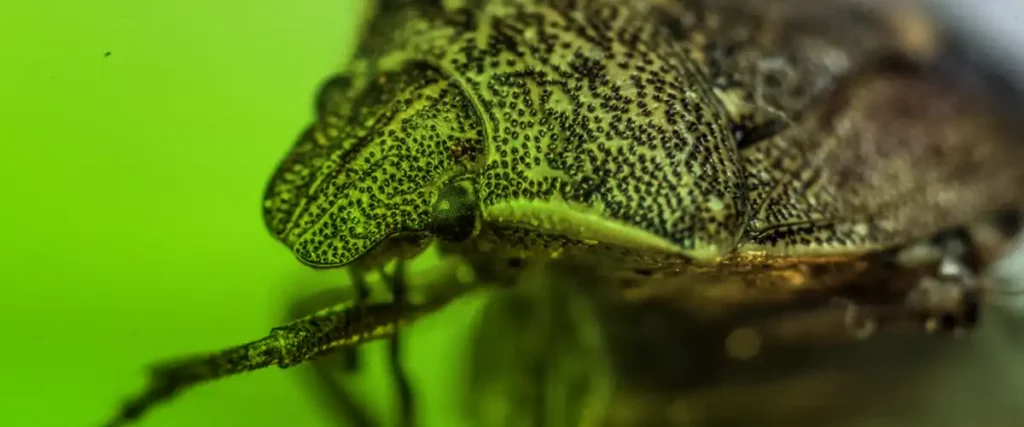
Understanding Stink Bugs
Stink bugs, scientifically known as Halyomorpha halys, belong to the family Pentatomidae. They are primarily found in temperate regions, and their name is derived from the foul odor they emit when disturbed or crushed. Stink bugs vary in size, typically measuring around 1.7 centimeters in length. They have a shield-shaped body with distinctive markings on their back.
Moreover, stink bugs undergo a metamorphosis with three stages: egg, nymph, and adult. Adult stink bugs lay clusters of eggs on the underside of leaves or other suitable surfaces. After hatching, the larvae go through several molting stages before reaching adulthood. The entire life cycle of a stink bug can take approximately four to five months, depending on environmental conditions.
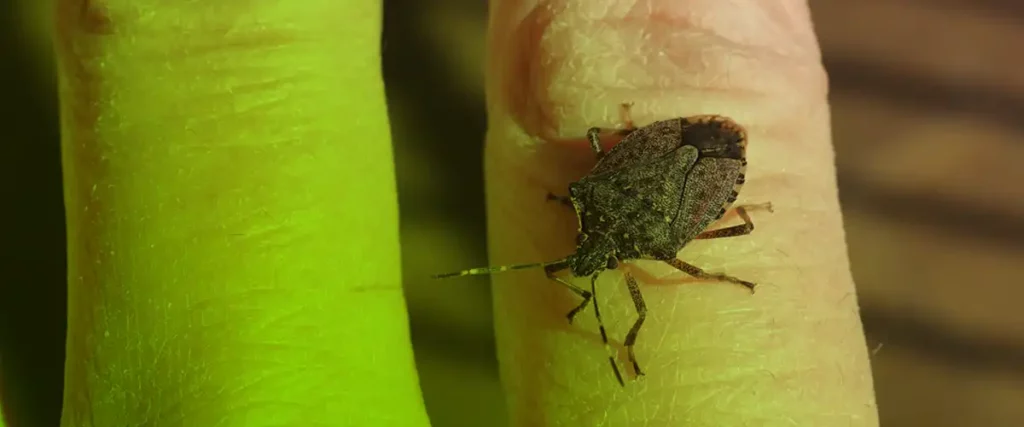
Potential Risks of Stink Bug Infestations
Discover the potential risks these pesky invaders bring, from structural damage to unpleasant odors and devastating effects on agricultural landscapes. These include the following:
A. Agricultural Damage
Stink bugs have a strong affinity for crops, fruits, and vegetables. They can seriously harm crops when they invade agricultural regions like farms and orchards, resulting in losses for farmers and possible food shortages.
B. Foul Odor
Stink bugs derive their name from their distinct odor when threatened or crushed. This unpleasant smell not only fills the air but can also impregnate surfaces. The scent can be exceptionally bothersome in indoor environments, making the living conditions uncomfortable.
C. Structural damage
Stink bugs themselves do not directly cause structural damage to a building or home, but their presence can lead to several indirect risks, including moisture damage, fire damage, insulation damage, and pest infestations. Stink bugs are attracted to moist and damp areas. They may congregate around electrical outlets or appliances, potentially leading to mold growth, electrical fires, or increased energy costs due to less efficient insulation. Stink bugs may also attract other pests, such as rodents or spiders, that may cause significant damage to a building’s structure. Prompt action and effective pest control measures are necessary to prevent these risks, along with regular maintenance checks to identify and address areas of concern.
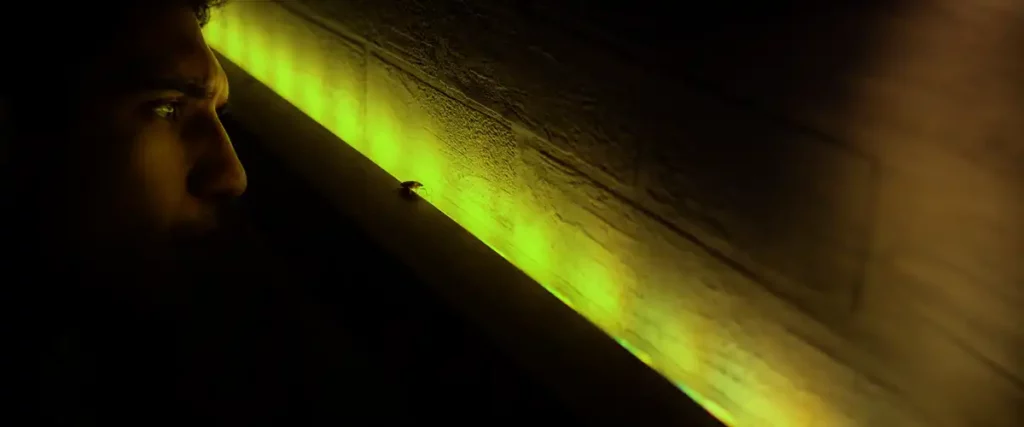
Prevention Measures for Stink Bug Infestations
Common household pests like stink bugs can be very troublesome for homeowners. These bugs can cause an unpleasant odor, damage crops and plants, and even lead to indirect structural damage. Prevention measures can aid homeowners in controlling the spread of stink bugs and preventing infestations. Here are some prevention measures below:
A. Seal and install entry points
Conducting a thorough inspection and sealing all potential entry points is essential to prevent stink bugs from infiltrating your home or building. Check for gaps, cracks, and openings around windows, doors, vents, and utility pipes. Use silicone caulk or weatherstripping to seal these gaps effectively. Additionally, ensure that window and door screens are intact and in good condition. Installing door sweeps at the base of exterior doors and maintaining window screens act as barriers, blocking stink bugs from entering your premises. These preventive measures allow you to keep stink bugs out of your living or working spaces.
B. Proper Outdoor Lighting
Stink bugs are attracted to bright lights, so it’s advisable to use yellow or sodium vapor lights for outdoor illumination. These lights are less appealing to stink bugs compared to white lights. Additionally, consider directing outdoor lights away from entrances and windows to reduce the chances of attracting stink bugs to your property.
C. Remove Attractants
Stink bugs are drawn to certain plants, fruits, and vegetables. Regularly inspect your garden and remove any overripe or damaged fruits and vegetables, as they can attract these pests. Additionally, to help keep them away from your garden, consider planting plants that repel stink bugs, including marigolds and catnip.
D. Proper Waste Management
Maintaining proper waste management practices can significantly reduce the likelihood of stink bug infestations. Ensure that garbage cans and recycling bins have tightly sealed lids to prevent stink bugs from accessing potential food sources. Regularly clean and sanitize these containers to eliminate any odor that might attract stink bugs.
E. Use Vacuum Cleaners
Using a vacuum with a hose attachment can efficiently remove stink bugs without releasing their odor if you find them inside your home. Once the stink bugs have been vacuumed, dump the contents into a sealed plastic bag and throw it away in an outside garbage can.
F. Seek Professional Pest Control
Stink bug pest control in Toms River, NJ, is recommended in severe cases of infestations. Stink bug pest control professionals have the expertise and tools to assess the extent of the infestation and implement targeted treatment measures. They can also provide valuable advice on long-term prevention strategies to keep your home or building stink-bug-free.

Eradicate the stink, and enjoy a pest-free space!
Preventing stink bug infestations in homes and buildings is crucial to avoid various risks and inconveniences. Stink bugs can cause damage to crops, emit foul odors, and indirectly lead to structural issues. To prevent stink bug infestations, homeowners should seal and inspect entry points around windows, doors, vents, and pipes. Outdoor lighting with yellow or sodium vapor lights can deter stink bugs, and removing attractants like overripe produce and proper waste management can reduce their presence. Vacuuming indoors and seeking professional pest control are additional effective measures to combat infestations and maintain a stink-bug-free environment.
Remember, prevention is vital when it comes to stink bugs. By following the recommended measures and staying vigilant, you can enjoy a stink-bug-free environment and maintain the integrity of your home or building. Implement these prevention strategies today and say goodbye to stink bug troubles.
Resources
- George Hamilton, Peter Shearer, Anne Nielsen; Brown Marmorated Stink Bug – A Non-native Insect in New Jersey. Publication Number: FS002. Publisher: Rutgers NJAES Cooperative Extension. Date Published: 10/27/2008. Number of pages: 2 Retrieved from: https://njaes.rutgers.edu/pubs/publication.php?pid=fs002

